 W
WArgonne National Laboratory is a science and engineering research national laboratory operated by UChicago Argonne LLC for the United States Department of Energy. The facility is located in Lemont, Illinois, outside of Chicago, and is the largest national laboratory by size and scope in the Midwest.
 W
WRodney H. Banks is an American industrial chemist and a research fellow at Nalco Holding Company in Naperville, Illinois now a wholly owned subsidiary of Ecolab Inc. His inventions have greatly improved the control of industrial water treatment. In 2011, Banks received the Perkin Medal for his work from the American section of the Society of Chemical Industry, the highest award for applied chemistry in the United States.
 W
WGeorge William Crabtree is an American physicist known for his highly cited research on superconducting materials and energy-related matters and, since 2012, for his directorship of the Joint Center for Energy Storage Research.
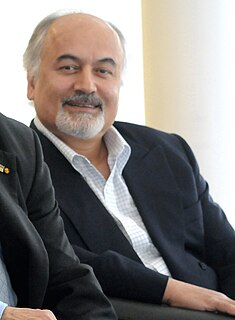 W
WAli Erdemir, born on July 2, 1954 in Kadirli, Adana, Turkey, is a Turkish American materials scientist specializing in surface engineering and tribology.
 W
WWallace "Wally" Feurzeig was an American computer scientist who was co-inventor, with Seymour Papert and Cynthia Solomon, of the programming language Logo, and a well-known researcher in artificial intelligence (AI).
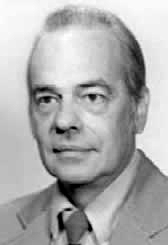 W
WLawrence Elgin Glendenin was an American chemist who co-discovered the element promethium.
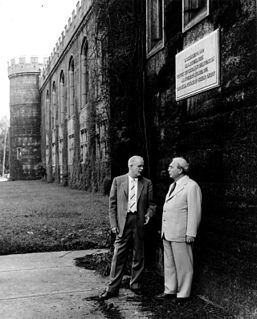 W
WNorman Hilberry was an American physicist, best known as the director of the Argonne National Laboratory from 1956 to 1961. In December 1942 he was the man who stood ready with an axe to cut the scram line during the start up of Chicago Pile-1, the world's first nuclear reactor to achieve criticality.
 W
WEric Isaacs is an American physicist who is the 11th President of the Carnegie Institution for Science where he oversees the research and business functions across six research departments on the East and West coasts and observatories in Chile.
 W
WPaul K. Kearns is an American-born physicist. He received his bachelor’s degree from Purdue University in Natural Resources & Environmental Science in 1976 and a masters and Ph.D. in bionucleonics from Purdue University in 1977 and 1980, respectively.
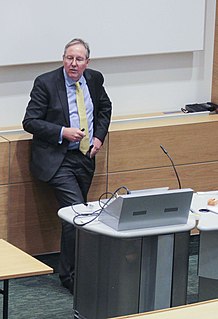 W
WPeter Littlewood is a British physicist and Professor of Physics at the University of Chicago. He was the 12th Director of Argonne National Laboratory. He previously headed the Cavendish Laboratory as well as the Theory of Condensed Matter group and the Theoretical Physics Research department at Bell Laboratories.
 W
WLuise Meyer-Schützmeister was a senior physicist at the Argonne National Laboratory, where she was involved in the measurement of gamma rays produced in nuclear reactions, and also conducted studies on the behavior of atomic nuclei. She received her Ph.D at the Technical University of Berlin during World War II. In the 1950s, she and her husband, fellow physicist Peter Meyer, emigrated to the United States. There, she became a research associate for the Institute for Nuclear Studies at the University of Chicago. Meyer-Schützmeister became an associate scientist at the Argonne National Laboratory in 1956; later, in 1973, she was promoted to the position of senior scientist, the job title she held until her death in 1981.
 W
WLloyd Albert Quarterman was an American chemist working mainly with fluorine. During the Second World War he was one of the African American scientists and technicians on the Manhattan Project.
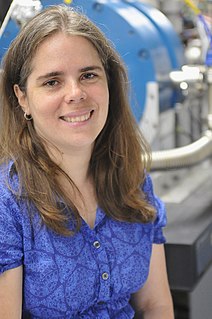 W
WMayly Sánchez is a Venezuelan-born particle physicist who researches at Iowa State University. In 2011, she was awarded the Presidential Early Career Awards for Scientists and Engineers (PECASE), the highest honor given by the United States to scientists who are in the early stages of their research careers, for her contributions to the study of neutrinos and her work in promoting STEM fields to women. In 2013, she was named by the BBC as one of the top ten women scientists in Latin America.
 W
WLester Skaggs, Ph.D. was a pioneer in the field of Medical physics and radiation therapy, a teacher, an innovator
 W
WLucy Engel Graves Taliaferro was an American parasitologist and professor, notable for her research in parasitology and immunology. She and her husband, William Hay Taliaferro, worked together as research partners from 1919 to 1973. She worked as a researcher in her husband's parasitology laboratory for over 30 years at the University of Chicago, where she co-taught a parasitology course with William and achieved the rank of Assistant Professor, although she was never paid. After retiring from the University of Chicago in 1960, the Talioferros researched the effects of ionizing radiation on the immune response at Argonne National Laboratory and coauthored Radiation and Immune Mechanisms (1964).
 W
WLee C. Teng is a senior physicist emeritus at the Advanced Photon Source of the Argonne National Laboratory. He has made numerous contributions to the field of accelerator physics.
 W
WAlbert Wattenberg, was an American experimental physicist. During World War II, he was with the Manhattan Project's Metallurgical Laboratory at the University of Chicago. He was a member of the team that built Chicago Pile-1, the world's first artificial nuclear reactor, and was one of those present on December 2, 1942, when it achieved criticality. In July 1945, he was one of the signatories of the Szilard petition. After the war he received his doctorate, and became a researcher at the Argonne National Laboratory from 1947 to 1950, at Massachusetts Institute of Technology from 1951 to 1958, and at University of Illinois at Urbana–Champaign from 1958 to 1986, where he pursued the mysteries of the atomic nucleus.
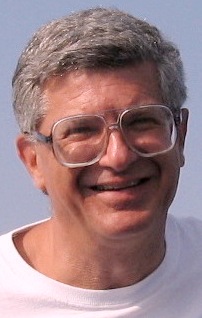 W
WCosmas K. Zachos is a theoretical physicist. He was educated in physics at Princeton University, and did graduate work in theoretical physics at the California Institute of Technology under the supervision of John Henry Schwarz.